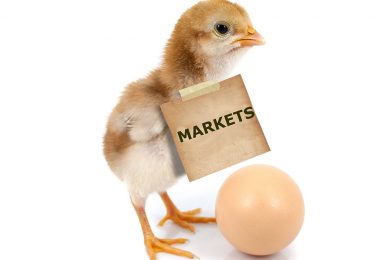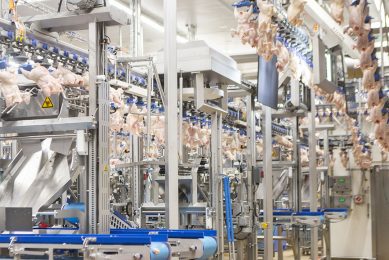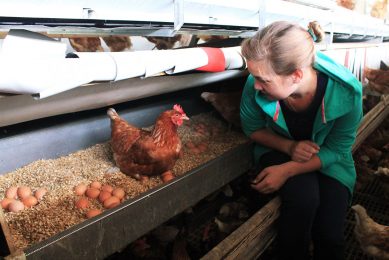Nebraska Corn Board: real culprit of high prices
As a representative of 26,000 corn producers, the Executive Director of the Nebraska Corn Board, Don Hutchens, recently contacted World Poultry offering his thoughts on a news item that was published in February entitled “Poultry producers protest higher ethanol blends”.
In the news item “Poultry producers protest higher ethanol blends,” it is reported that the National Chicken Council and the National Turkey Federation are claiming that it was the sharp increase in ethanol production that has contributed to volatile commodity prices and food price inflation. Unfortunately the poultry industry has found itself partnering with the Grocery Manufacturers Association (GMA) on this issue, he said.
The beef and pork industries have decided not to align themselves any longer with the GMA, and the facts normally substantiate why the GMA and others are missing the point on who and what really caused the record breaking rally in corn, soybeans, and wheat prices last year.
It was not corn ethanol that brought $7.00 and $8.00 corn to the market, he went on to say, or else we would still have those price levels (we’re still producing the same amount of ethanol this year as last). Rather, it was a combination of factors such as: the low value of the dollar (record exports of corn); speculative trading (the long positions in corn represented 2.4 bln bushels), and; hedge funds that were looking for cover (in commodities like oil, corn, wheat and beans) on the fast approaching impacts of a doomed housing markets and stock market.
Commodity prices have dropped by 30-50% from their highs last summer has food dropped by that same percentage…NO.
GMA has done a wonderful job of bait and switch, getting many to believe it was corn and ethanol that caused food prices to increase, while knowing that it was mostly the high cost of energy that pushed processing, packaging and transporting food products from farm to retail that caused food prices to go up (an average a food product travels 1,500 miles to get to the consumer), along with some healthy profits by many major food processors. No doubt high and yes I said high commodity prices had a huge impact on livestock feeders, but let’s be realistic about what caused those high prices, and recognise that energy was the real culprit on higher food cost, he said. In fact, in the US we used roughly 9 bln gallons of ethanol in 2008 that displace an equal amount of gasoline made from $140/barrel imported oil, which helped save over $7 bln dollars that consumers could of spent buying groceries vs. $4.00 gas.
Don Hutchens
Executive Director, Nebraska Corn Board
Related link:













